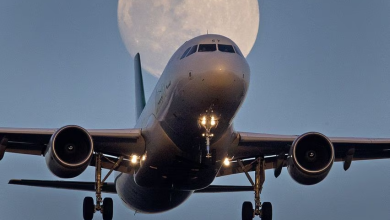Water management, MTR game changer for voluntary relocation

Nagpur:- A few years ago, frequent wildlife spotting in the Melghat Tiger Reserve (MTR) used to be a joke but water conservation through the ‘Melghat bandhara’ model and the voluntary resettlement of 20 villagers from the reserve’s core area turned out to be game changers for one of the country’s oldest tiger reserves.
Along with other steps toward water conservation, the voluntary resettlement of 20 villagers from the central region has helped to restore more than 1,700 hectares of farmland that has now become lush green meadows. When you enter through the rehabilitated Gullarghat, 35 km from the stretch till Nagartas is a no-man’s-land with wildlife-occupied meadows on both sides.
With regard to water protection, the tiger reserve forms an important catchment to the river Tapi with tributaries such as the Dolar, Khandu, Sipna, Gadga, Khapra and Wan rivers. Yet, after the rainy season, water is the most prevalent limiting factor but working wonders are the ‘Melghat bandhara’ model implemented in the last three years.
“We found hard rock spots in natural streams and drilled them in order to develop layers of retaining walls to stop water from going upstream. Water normally flows out and, by January, streams and nullahs used to go dry. Water is available for wildlife till May-June with Melghat bandhara now.
Earlier we supplied tankers with water in many places during the summers, but over the past three years we constructed over 2,000 such cost-effective diversion weirs in the center and buffer zone, “said MS Reddy, MTR’s APCCF & field director.










